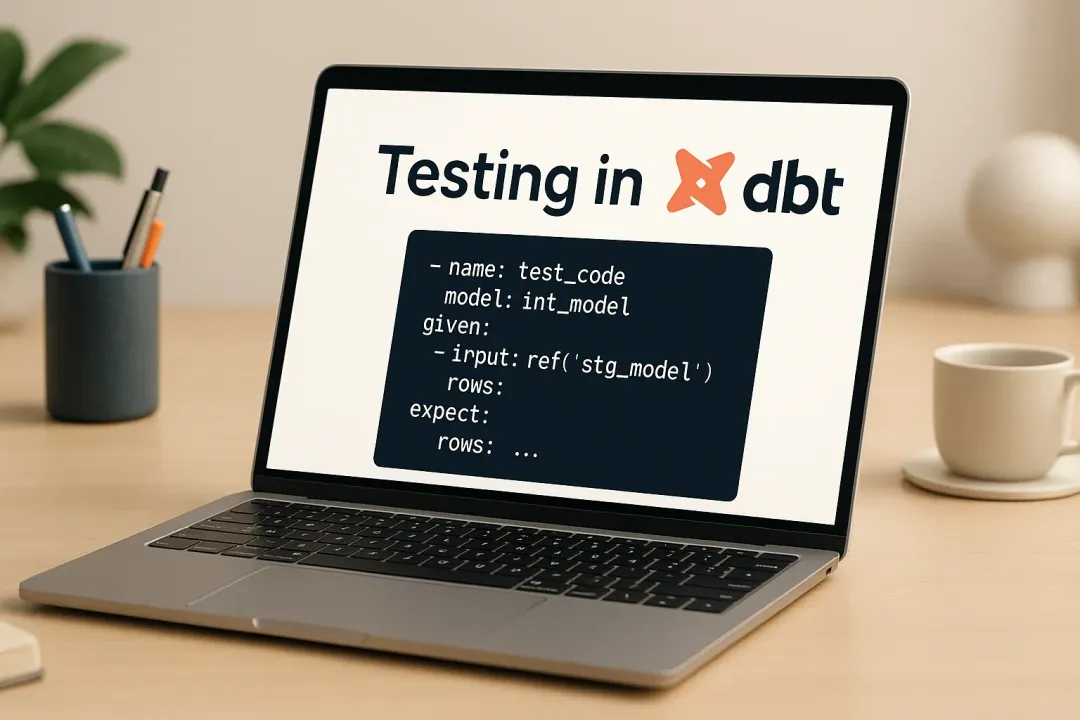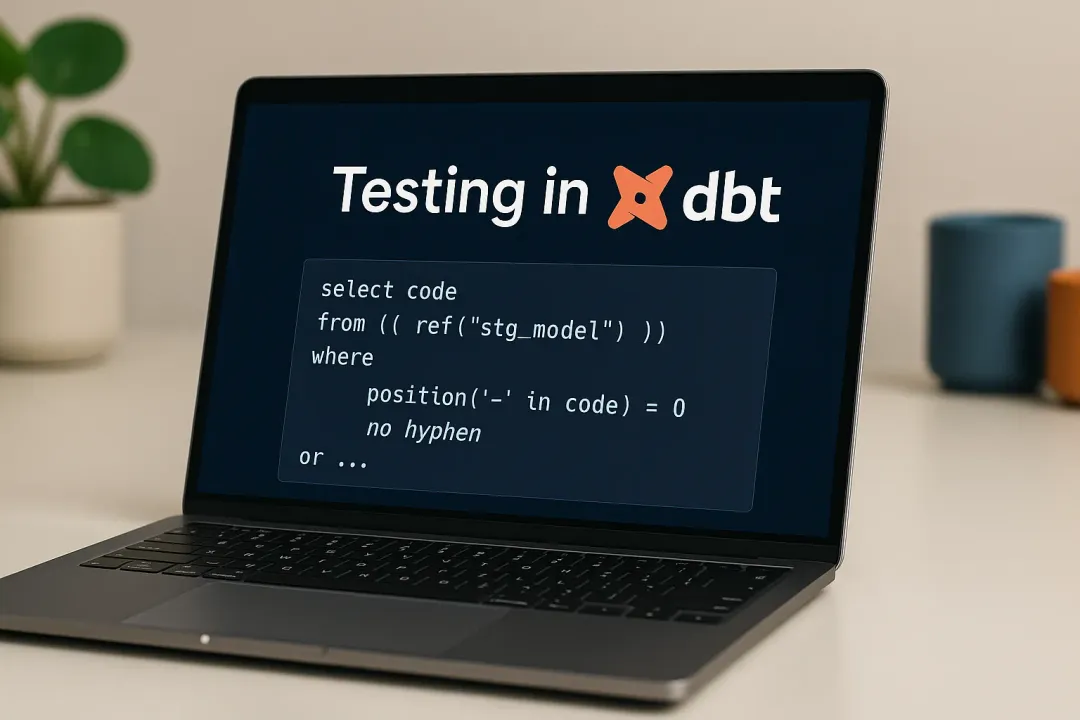
Filip Ciesielski
15 March 2023, 7 min read

What's inside
- Knowing the goals
- Setting quality criteria
- Developing a workflow
- Standardizing data
- Validating data
- Removing duplicate records
- Combining data
- Reviewing the process
- Keep your data clean or perish
Every business loves its big data. Collecting data is a must for companies that want to uncover valuable insights with data analytics.
During the last decade, we've witnessed a massive increase in the volume and variety of collected data.
Business leaders know that data science applications can bring them substantial value. For example, a business equipped with a reliable database and CRM platform can track and understand customer behaviors at every level of the buyer's journey. This translates into improvements in sales and overall interactions with customers.
But getting insights from data is more complicated than it seems. The challenge often comes from the collected data's poor quality. And since companies increasingly depend on data to guide their business decisions, they need to ensure that their data is clean, reliable, and ready to use.
That's where smart data cleaning practices come in.
We've already shown you why cleaning data is important for analytics and business intelligence.
At Sunscrapers, we rely on many data preprocessing steps when building data science applications that uncover insights hidden in data sets. Here are 8 of them.
Knowing the goals
You need to know what your data must look like at the end stage before starting any data processing activities. That’s why you should first establish the objectives of your analysis pipeline and list in detail what information is required for your code to work, ideally without any further need for type marshaling.
Equally important is to know what your raw data will look like upfront. There’s nothing more frustrating than surprises during preprocessing, where you realize that you must create yet another exception or a parsing function to accommodate a fluke in the dataset. To avoid that, we recommend conducting a small reconnaissance analysis of your input data and listing all the possible oddities and data types, then planning your strategy accordingly.
Establishing the objectives for your data-cleaning strategy before starting to work on solving a problem is key. When doing that, be realistic – for example, if you're dealing with a large and messy dataset, don't expect to reach 100% cleanliness, and be prepared to lose a healthy portion of your raw data after cleaning.
If your data is problematic (for example, highly varied) and difficult to mold into a reasonably uniform process, then you may need to take on a slightly different approach and prepare for a scrape following the “as much as possible information” type of approach. In such cases, prepare a list of data processing issues you anticipate coming across in your workflow. Then sort them by an estimated occurrence frequency and work on the most common problems until your dataset is good enough.
Here are some important aspects that may be part of an effective data cleaning strategy:
- The ability to detect and remove significant data errors and inconsistencies in both single data sources and combinations of multiple sources (e.g., in the ETL process)
- Successful implementation of tools that reduce the need for manual inspection, streamlining the process.
- Efficient deployment together with schema-related data transformations and specific mapping functions.
Setting quality criteria
Now that you have set the objectives for data processing, you need to ensure that you're proceeding in the right direction with data cleaning. You can extract data quality key performance indicators (KPIs).
They'll help you in developing the next steps in your strategy. The idea is to focus on how you'll meet them, track the health of your data, and maintain healthy data on an ongoing basis.
At this point, you should know where most data quality errors occur. It's your job to identify incorrect data and then take the next step: understand the root cause of your data health problem. That's what enables data scientists to develop a plan to ensure your data's health.
Developing a workflow
Data cleaning is a complicated procedure that needs the support of a robust and well-designed workflow. It’s good to be aware of that right at the outset.
One of the best practices in data engineering is compartmentalizing your workflow into independent blocks, each with a particular functionality. To help you get a better idea of what we’re talking about, here's an example:
Step 1: Get raw data from a query to a data warehouse.
Step 2: Perform fundamental transformations on the data, like string cleaning, recording of categoricals, and other simple cleanup tasks.
Step 3: Use a first-level aggregation function to aggregate data and perform more transformations at that level.
Step 4: Start a higher-level aggregation where you take data from the first-level aggregate and aggregate it to a higher level, perform some transformations and return data. You may have to separate “helper” functions at this level to get deeper into the data.
As you can see, using modularized code is a smart move. Formalizing and documenting your workflow is essential to organizing your work.
Standardizing data
Another critical data-cleaning procedure is standardization.
What is standardization all about? It’s basically a process where you create a protocol to follow, outlining rules of how each column/field/parameter must look (or is expected to look like). You do all that to comply with the data processing pipeline.
Validating data
As you're cleaning up the existing databases or data warehouses, it’s also a good idea to set up a real-time validation system. That's where hiring a team of data experts makes sense – equipped with the right data cleaning tools, they clean and verify data points.
To make the most of it, you need to create guidelines for data cleaning. Here are some example constraints businesses use when cleaning their existing databases:
- Mandatory constraints – required fields that can't be left empty.
- Data-type constraints – values in a column must be of a specific type (numeric, date, text, etc.)
- Range constraints – minimum and maximum constraints placed on data.
- Unique constraints – data that can't be repeated and requires unique values (for example, social security numbers).
- Set membership constraints – data that must be chosen from a pre-existing list of options.
- Regular expression patterns – applies to data with a specific pattern in how it's displayed (for example, phone numbers).
- Cross-field validation – when the sum of data parts must equal a whole.
Removing duplicate records
Duplicate records make businesses spend more money on general maintenance and cause reporting inaccuracies. Avoiding data duplicates is paramount to keeping data clean. To ensure that, you first need to validate data and then scrub it to identify duplicate records and delete them.
Combining data
Now that your data has been standardized, validated, and scrubbed for duplicates, you're ready to aggregate it. That's where you can benefit from hiring a team of data experts. Reliable data science teams can capture data directly from first-party sites. They then work towards cleaning and compiling it to provide you with the information you can use in business intelligence and analytics.
Hiring an engineer with experience in such procedures can save you a lot of time and money.
Reviewing the process
It's wise to keep track of every cleaning operation you perform so you can easily modify, repeat, or remove specific operations as necessary. We always use a tool that monitors our actions and helps us track them easily to increase our team's performance.
Keep your data clean or perish
Overconfidence in the accuracy of original or purchased data can lead business leaders to a false sense of security that risks undermining their overall strategy.
That's why data cleaning is so important. Making key business decisions from outdated or incorrect data can have catastrophic consequences.
Keeping your data clean is challenging, especially if you manually change data points. Before implementing your data cleaning strategy, consider the big picture and define your objectives. Otherwise, you may go down the rabbit hole of unclean and inaccurate data.
Do you need a team of data science experts to help you clean and maintain your database? Get in touch with us.


